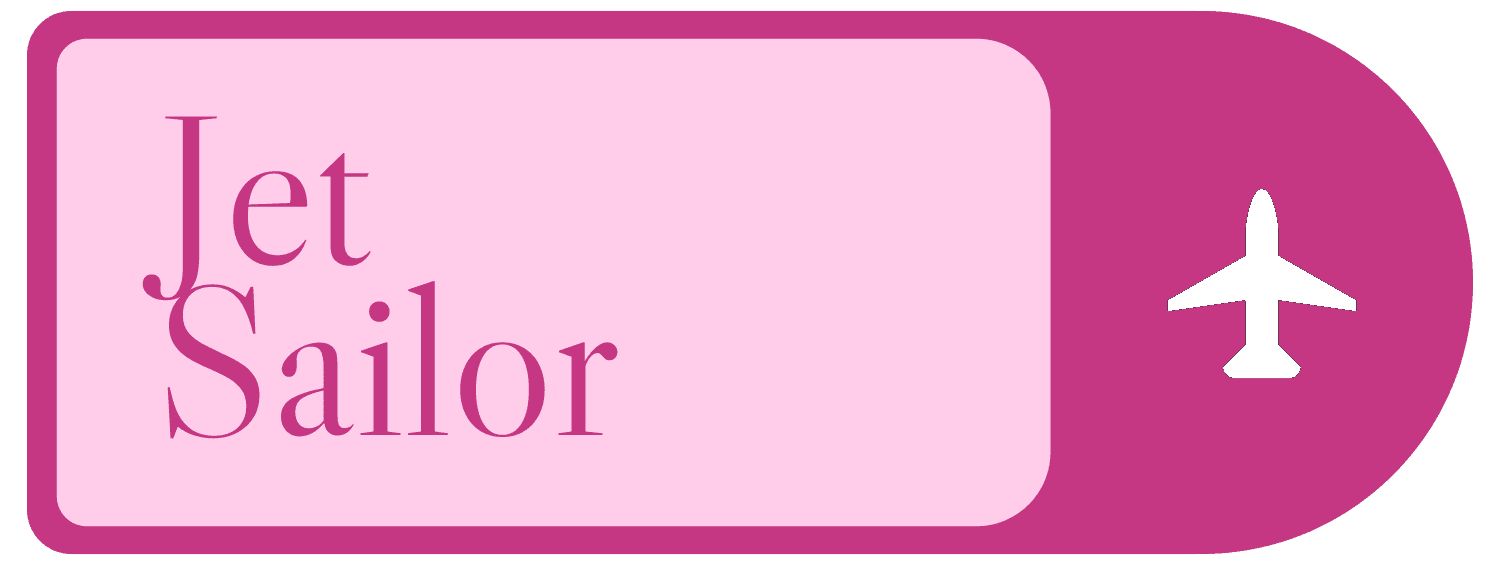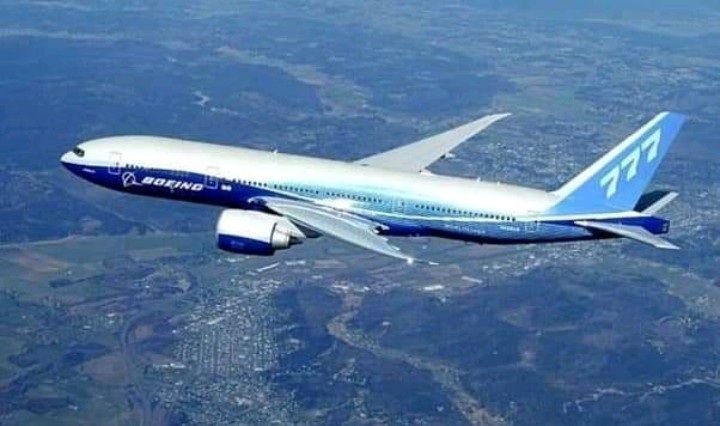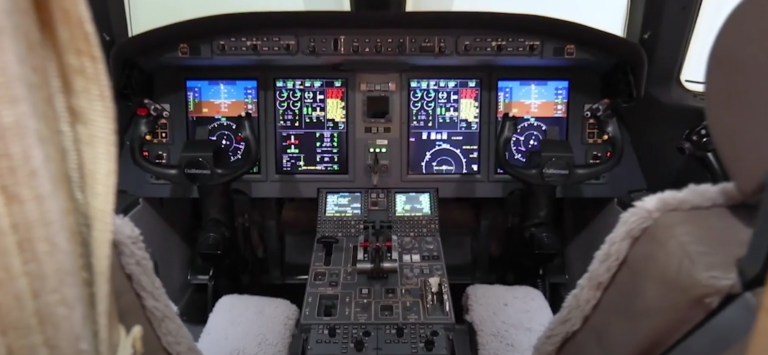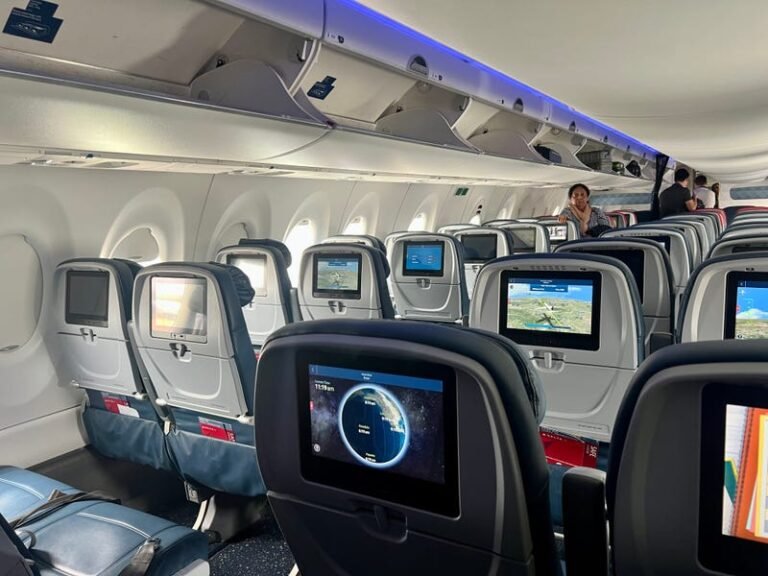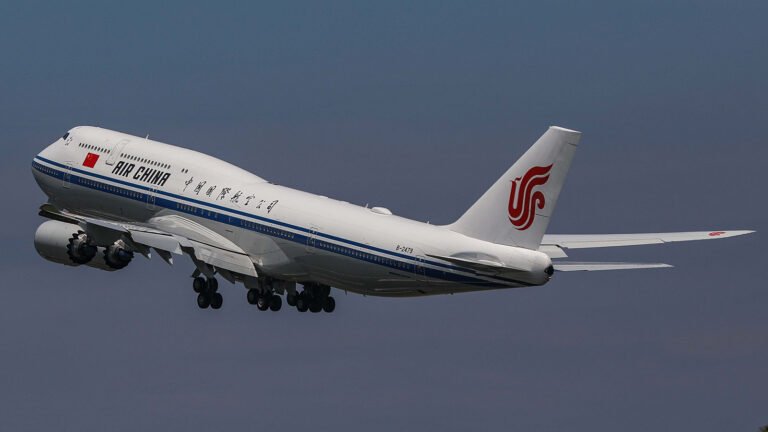How Far Can a Small Plane Fly Without Refueling? Ultimate Guide
A small plane can fly between 500 to 1,500 miles without refueling. This range depends on the type of aircraft and various factors.
Flying a small plane opens up many exciting possibilities. Understanding how far a small plane can fly without refueling is crucial for planning trips and ensuring safety. Different planes have different fuel capacities and efficiencies. The distance a small plane can cover on a single tank of fuel can vary widely.
Factors like weather, weight, and speed also play a significant role. Knowing these details helps pilots and passengers prepare better for their journeys. This blog will explore the factors affecting flight range and offer insights into maximizing your small plane’s travel distance. Dive in to discover more about the fascinating world of small aircraft and their capabilities.

Credit: flybitlux.com
Introduction To Small Planes
Small planes, also known as light aircraft, are used for various purposes. They are ideal for short trips, recreational flying, and training new pilots. These planes are more accessible and affordable compared to larger commercial aircraft. Understanding the capabilities of small planes can help you appreciate their role in aviation.
Types Of Small Planes
Small planes come in different types, each designed for specific needs. Here are the main types:
- Single-engine planes: These are the most common. They are used for personal travel and training.
- Multi-engine planes: These have more than one engine. They offer greater speed and range.
- Ultralight planes: These are small and lightweight. They are used for recreational flying.
- Gliders: These planes do not have engines. They glide through the air after being towed to a certain altitude.
Popular Models
Several small plane models are popular among pilots and aviation enthusiasts. Here are a few:
- Cessna 172: This is one of the most popular single-engine planes. It is known for its reliability and ease of use.
- Piper PA-28: Another popular choice for training and personal use. It offers a good balance of performance and affordability.
- Cirrus SR22: This plane is known for its modern design and advanced safety features. It is a favorite among private pilots.
- Beechcraft Bonanza: A high-performance single-engine plane. It is known for its speed and range.
Each of these models offers unique features and benefits. They cater to different flying needs and preferences.
Factors Affecting Flight Range
The distance a small plane can fly without refueling depends on various factors. Understanding these elements helps in planning safer and longer flights. Let’s explore the most important factors influencing the flight range of small planes.
Fuel Capacity
Fuel capacity is a primary factor affecting how far a plane can fly. Small planes have different fuel tank sizes. Some planes hold more fuel than others, allowing for longer flights. Below is a table showing different aircraft models and their fuel capacities:
| Aircraft Model | Fuel Capacity (Gallons) |
|---|---|
| Cessna 172 | 56 |
| Piper Cherokee | 50 |
| Beechcraft Bonanza | 80 |
Larger fuel tanks mean fewer stops and more direct routes.
Engine Efficiency
Engine efficiency plays a significant role in flight range. Efficient engines use less fuel over the same distance. Small planes with modern engines are often more fuel-efficient. This means they can fly farther on the same amount of fuel. Here are some factors affecting engine efficiency:
- Engine type (piston or turbine)
- Maintenance and condition of the engine
- Proper tuning and adjustments
Well-maintained engines ensure optimal performance and fuel usage.
Weather Conditions
Weather conditions greatly impact flight range. Unfavorable weather can increase fuel consumption. Headwinds slow down the aircraft, making it burn more fuel. On the other hand, tailwinds help the plane fly faster, saving fuel. Pilots must consider:
- Wind speed and direction
- Temperature and humidity
- Storms and turbulence
Good weather conditions allow for smoother and more efficient flights.
Fuel Systems In Small Planes
Understanding the fuel systems in small planes is essential for determining how far they can fly without refueling. The efficiency and design of these systems directly affect the range of the aircraft. This section will explore the various aspects of fuel systems in small planes.
Types Of Fuel
Small planes typically use two types of fuel: Avgas and Jet-A fuel. Avgas, short for aviation gasoline, is the most common fuel for small piston-engine aircraft. Jet-A fuel, on the other hand, is used in turbine-engine planes.
Avgas comes in different grades, with Avgas 100LL (Low Lead) being the most popular. It has a high octane rating, which is ideal for high-compression engines. Jet-A fuel is a type of kerosene and is more energy-dense than Avgas. It provides better fuel efficiency for turbine engines.
| Fuel Type | Used In | Characteristics |
|---|---|---|
| Avgas | Piston-engine planes | High octane, various grades |
| Jet-A | Turbine-engine planes | Energy-dense, type of kerosene |
Fuel Tank Design
The design of the fuel tank also plays a crucial role in a plane’s range. Small planes usually have fuel tanks located in the wings. This placement helps balance the weight and improve aerodynamics.
There are two main types of fuel tank designs: integral tanks and bladder tanks. Integral tanks, also known as wet wings, are built into the structure of the wing. They are lighter and have a higher fuel capacity. Bladder tanks are flexible containers placed inside the wing. They are easier to inspect and maintain but have a slightly lower capacity.
- Integral Tanks:
- Built into the wing structure
- Lighter and higher capacity
- Bladder Tanks:
- Flexible containers inside the wing
- Easy to inspect and maintain
Both tank types have their pros and cons. The choice depends on the aircraft’s design and maintenance needs. Understanding the fuel system’s intricacies can help pilots manage their flight range effectively.
Average Flight Range
Small planes are popular for short trips. They are perfect for flying to places that are not too far. But how far can a small plane fly without needing to refuel? The answer depends on the plane’s type and model. Most small planes can fly a good distance before stopping for fuel.
Typical Distances
Most small planes can fly between 500 to 1,500 miles on a full tank. The exact distance varies. It depends on factors like the plane’s weight, the weather, and the pilot’s flying style. Here’s a table with some popular models and their average ranges:
| Plane Model | Average Range (miles) |
|---|---|
| Cessna 172 | 800 |
| Piper PA-28 | 700 |
| Beechcraft Bonanza | 1,000 |
These planes are great for short to medium trips. They can take you to many places without needing to stop for fuel.
Longest Recorded Flights
Some small planes have flown very far. The longest recorded flights are impressive. One small plane, the Rutan Voyager, flew around the world without refueling. It traveled over 26,000 miles. That flight showed what small planes can do with special design and planning.
Another example is the Cessna 210. It flew 5,000 miles from California to Hawaii and back. This flight was a record for its class. These flights are not typical but show the potential of small planes.
- Rutan Voyager: 26,000 miles
- Cessna 210: 5,000 miles
Small planes offer great flexibility. They can cover significant distances with proper planning and conditions.
Planning Long Flights
Planning long flights in small planes requires careful preparation. Every detail counts. From route planning to emergency precautions, each step ensures a safe journey. A well-thought-out plan helps to maximize the flight range without refueling.
Route Planning
Effective route planning is essential for long flights. Use the following steps:
- Check the weather: Ensure favorable conditions.
- Select the shortest path: Minimize distance.
- Identify refueling points: Plan stops if needed.
- Review air traffic rules: Ensure compliance.
Use navigation tools to plot the course. GPS devices are helpful. Always have a paper map as a backup.
Consider alternate routes in case of unexpected changes. Flexibility is key.
Emergency Precautions
Prepare for emergencies to ensure safety. Follow these tips:
- Carry essential supplies: Water, food, and a first aid kit.
- Know the nearest airports: Use them for emergency landings.
- Keep communication devices: Radios and mobile phones are crucial.
- Understand emergency procedures: Practice them regularly.
Check the aircraft thoroughly before departure. Ensure all systems are working. A pre-flight checklist is useful.
Stay informed about the flight conditions. Monitor weather updates and air traffic alerts. Stay vigilant at all times.
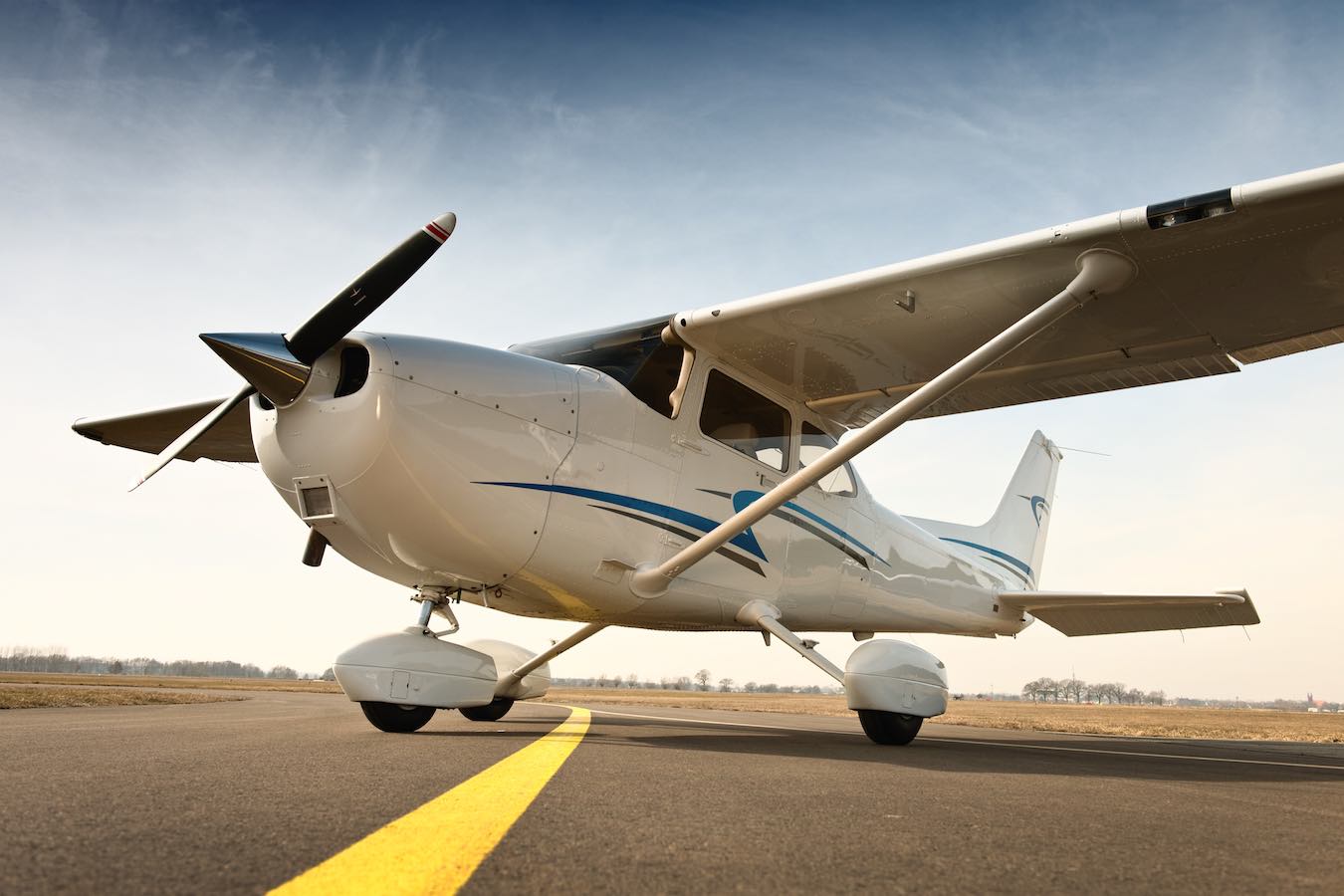
Credit: disciplesofflight.com
Technological Advancements
Technological advancements have greatly impacted the aviation industry. These advancements have allowed small planes to fly farther without refueling. Let’s explore some key areas of improvement.
Modern Navigation Systems
Modern navigation systems have made flying more efficient and safer. They use advanced GPS technology to guide pilots accurately. This reduces the chances of getting lost or deviating from the planned route.
These systems also provide real-time weather updates. Pilots can avoid bad weather and find the best routes. This saves time and fuel.
Innovations In Fuel Efficiency
Innovations in fuel efficiency have significantly increased the range of small planes. Modern engines are designed to use less fuel while providing more power. This allows planes to travel longer distances on the same amount of fuel.
Lightweight materials are used in the construction of these planes. Lighter planes require less fuel to fly. This further extends the distance they can travel without refueling.
Here’s a quick comparison table to show the impact of these innovations:
| Aspect | Old Planes | Modern Planes |
|---|---|---|
| Fuel Efficiency | Low | High |
| Navigation Accuracy | Moderate | High |
| Range Without Refueling | Short | Long |
Case Studies
Understanding the range of small planes without refueling can be fascinating. Let’s delve into some intriguing case studies. These stories highlight the capabilities of small aircraft and their pilots.
Historic Flights
Some flights have etched their names in aviation history. These journeys showcase the endurance and innovation in aviation.
- Spirit of St. Louis: Charles Lindbergh’s solo flight from New York to Paris in 1927. This small plane flew over 3,600 miles without refueling.
- Rutan Voyager: In 1986, Dick Rutan and Jeana Yeager flew this plane around the world. It covered more than 26,000 miles without stopping for fuel.
Notable Journeys
Recent flights continue to push the boundaries. These notable journeys demonstrate the advancements in small aircraft technology.
| Flight | Distance | Year |
|---|---|---|
| Solar Impulse 2 | 26,098 miles | 2015-2016 |
| Colin Hales’ Flight | 13,000 miles | 2014 |
These flights highlight the impressive capabilities of small planes. They have set new records and inspired future pilots.
Future Of Small Plane Travel
The future of small plane travel holds great promise. Advances in technology and a focus on sustainability are driving changes. These changes aim to make flights longer, safer, and more environmentally friendly.
Sustainable Aviation
Sustainable aviation is a key focus. It aims to reduce the carbon footprint of small planes. Many companies are investing in cleaner technologies. These include electric engines and biofuels.
Electric engines have the potential to transform small planes. They produce zero emissions. This makes them a cleaner option compared to traditional fuel engines. Battery technology is also improving. This could lead to longer flights without refueling.
Biofuels are another exciting development. They are made from renewable sources like plants. Biofuels can significantly reduce greenhouse gas emissions. They also help small planes fly longer distances.
Potential Breakthroughs
Several potential breakthroughs could shape the future of small plane travel. These innovations aim to make flying more efficient and accessible.
| Breakthrough | Benefit |
|---|---|
| Advanced Navigation Systems | Improved flight efficiency and safety |
| Lighter Materials | Greater fuel efficiency and longer flight range |
| Autonomous Flight | Reduced pilot workload and increased accessibility |
Advanced navigation systems are being developed. These systems improve flight efficiency and safety. They help pilots plot the best routes and avoid bad weather.
Lighter materials are also in the spotlight. They can make planes more fuel-efficient. This can extend the range of small planes without needing to refuel.
Autonomous flight is an exciting area of research. It involves planes flying without human pilots. This could make flying more accessible and reduce costs.
Overall, the future of small plane travel looks bright. With a focus on sustainability and innovation, small planes may soon fly farther and greener than ever before.
Frequently Asked Questions
How Far Can Small Planes Fly On One Tank?
Small planes can typically fly 500 to 1,500 miles on one tank. The range depends on the model and fuel capacity.
What Factors Affect A Small Plane’s Range?
Several factors affect a small plane’s range, including fuel capacity, weather conditions, weight, and engine efficiency. Pilot skill also plays a role.
Can Small Planes Fly Long Distances?
Yes, small planes can fly long distances. With optimal conditions and efficient fuel management, they can cover significant distances.
How Do Pilots Extend Flight Range?
Pilots extend flight range by optimizing fuel consumption, managing weight, and choosing efficient routes. Refueling stops also help cover longer distances.
Conclusion
Small planes can fly impressive distances without refueling. Their range depends on several factors. Aircraft type, weather, and weight play crucial roles. Advanced technology in modern planes extends their range further. Pilots must plan carefully for long trips. Efficient fuel management ensures safety and success.
Understanding these limits helps in better travel planning. Always consult with experts before long flights. Safe and enjoyable journeys depend on good preparation.
